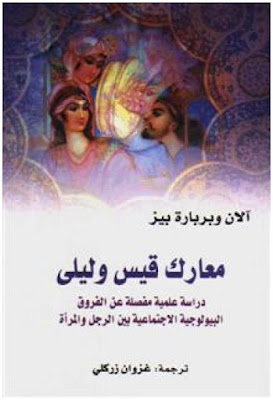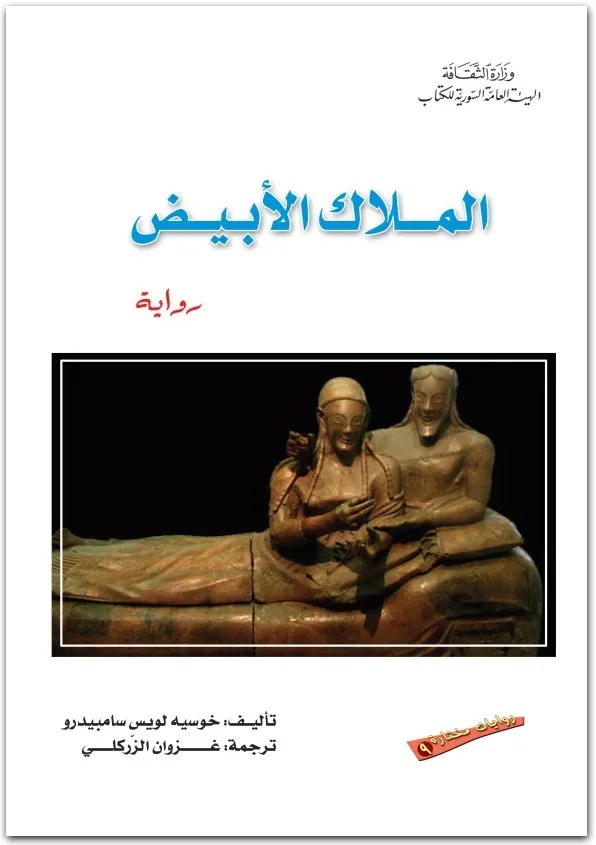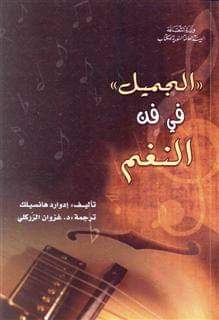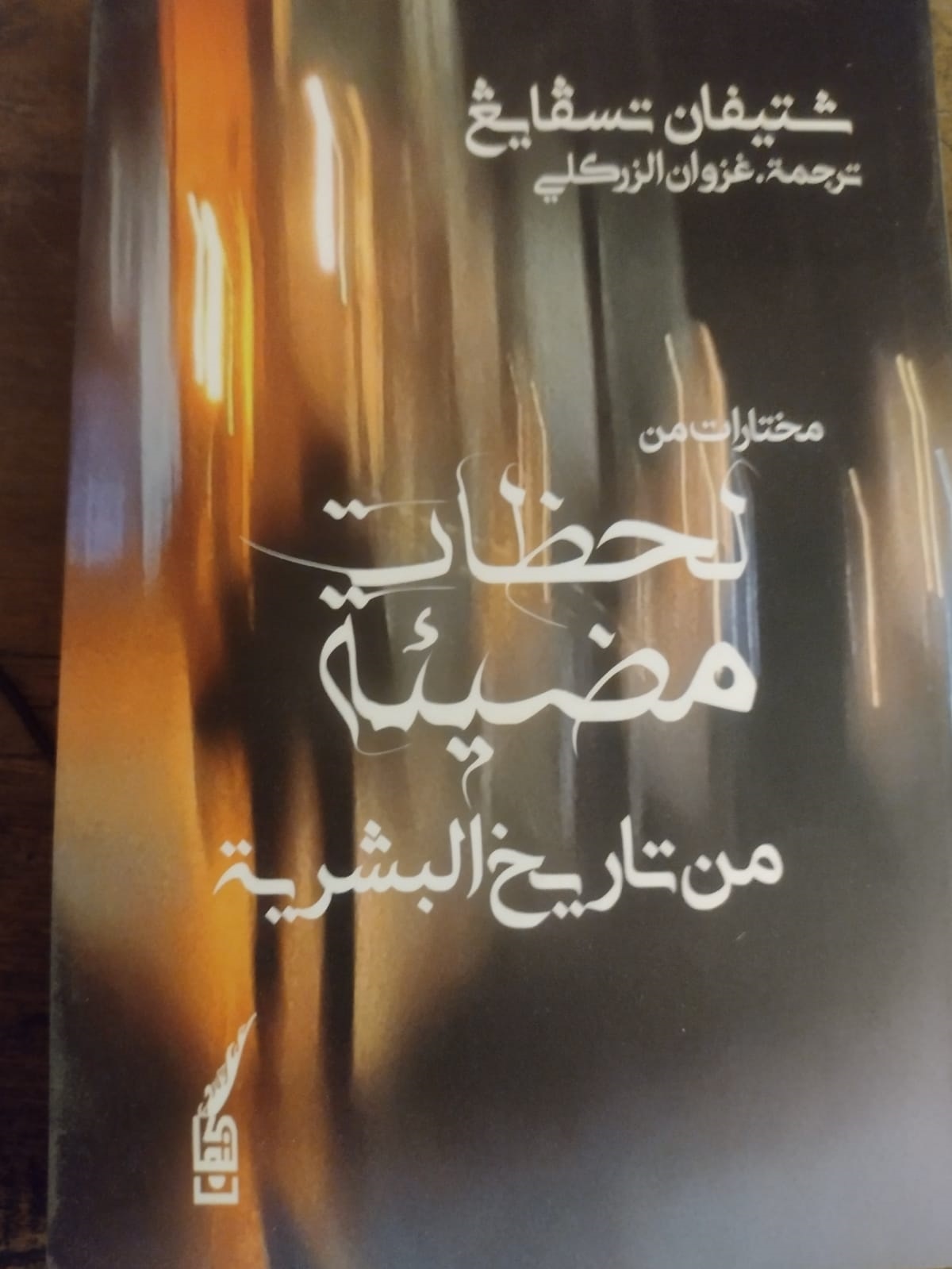-
On Music and Musicians
Gaswan ZeriklyA selection of previously written articles on music and musicians. What distinguishes this book is its first section, which also contains definitions of musical terms, and its second section, which includes Arab and foreign musicians.
-
-
Principles of Melody and Rhythm
Gaswan ZeriklyThe book covers the teaching of musical scores and the principles of playing the piano and the oud. It links the explanation of the musical score with piano keys and explains the types of basic maqams using the image of the strings of the oud. Additionally, it refers to the meters "seas" of Arabic poetry.
-
-
Sound and Time
Gaswan ZeriklyZerikly defines music as the combination of sound and time, with sounds organized within the framework of time. He categorizes music as either "natural," consisting of sounds like humming, echoing, heartbeats, waves, and footsteps of horses, or "artificial," involving human artistic activities based on tone (sound in a specific state) and rhythm (time in a distinct state). These elements are formed from a specific arrangement of time-related components that can be measured in units of time.
-
Translated by Gaswan Zerikly
The works that Gaswan Zerikly translated from German - being a licensed teacher of German himself - into Arabic were the product of his own personal literary interest on the one hand and a desire to pass on to fellow speakers of Arabic the books that particularly influenced him on the other hand.
While the first two books he translated, On Musical Aesthetics (by Eduard Hanselk, Wagner's arch enemy and Brahms fan, and friend) and Music History were an expression of his passion for music, the other four books covered various themes: a novel by José Luis Sampedro, a study about men and women by Barbara and Allan Pease, a collection of stories by Stefan Zweig and a satire entitled “How to Become a German” by Adam Fletcher.
The first two books were translated with the aim of enhancing academic music education in Syria. The other four books represented Gaswan’s general cultural interests as well as influences from his life in Germany, which started in 1972.
-
The battles of "Qais and Laila"
Allan and Barbara PeaseThis book can be provocative and shocking at times, but it never fails to astound the reader with its informative content on one hand, and its humorous anecdotes, opinions, and scenes on the other.
-
-
The White Angel
José Luis SampedroThe topic of this book is about first love and last love. The book tells the story of old Salvatore Roncone, a farmer from the Calabria region in southern Italy....
-
-
Vom Musikalisch-Schönen
Eduard HanslickThe question by Hanslick is as follows: can music reflect the reality in its images and events? This question appears to be an introduction to understand the music by the renowned Austrian musician Eduard Hanslick (1825-1904), who believed that music is a language of sound, not words and images, and that it can be understood without needing to be translated into words. The translator of his book asserts that Hanslick's theoretical foundations remain unshaken and relevant today. These foundations defend instrumental music, that doesn't rely on words, which makes it more approachable and less abstract.
-
-
Decisive Moments in History
Stefan ZweigDecisive Moments in History was a lifelong project for Stefan Zweig: first published in 1927 as an anthology of previously published texts with five historical miniatures and promptly becoming a bestseller.
-






